Home>Gardening & Outdoor>Landscaping Ideas>How To Remove Dead Grass
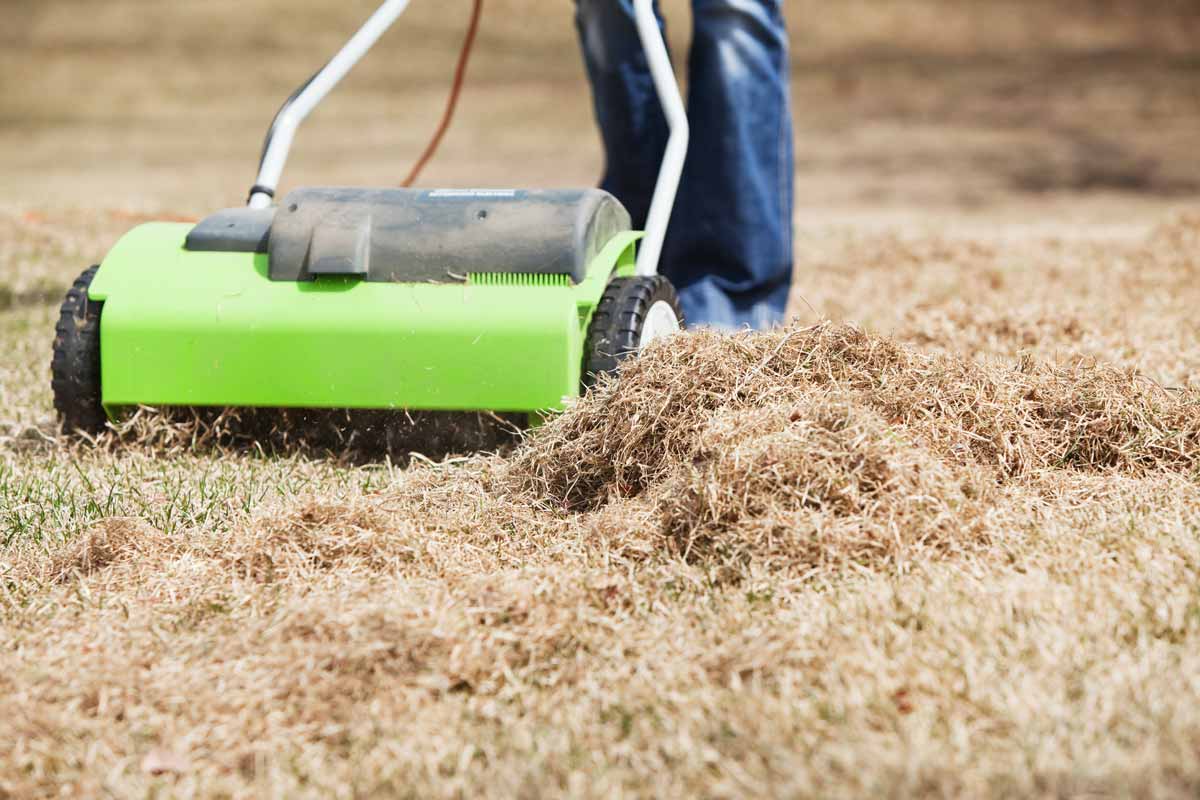

Landscaping Ideas
How To Remove Dead Grass
Modified: February 18, 2024
Learn effective landscaping ideas and techniques to remove dead grass and rejuvenate your lawn. Discover step-by-step methods for a healthier, greener yard.
(Many of the links in this article redirect to a specific reviewed product. Your purchase of these products through affiliate links helps to generate commission for Storables.com, at no extra cost. Learn more)
**
Introduction
**
So, your lawn is looking a little lackluster, and you suspect that dead grass is the culprit. Don't fret; revitalizing your lawn is easier than you think. Removing dead grass and rejuvenating your lawn not only enhances the aesthetics of your outdoor space but also promotes healthier grass growth. In this comprehensive guide, we'll walk you through the process of removing dead grass and replacing it with lush, green blades. Whether you're a seasoned gardener or a novice enthusiast, these tips and tricks will help you achieve a vibrant and thriving lawn that's the envy of the neighborhood.
Let's dive into the nitty-gritty of reviving your lawn and bidding farewell to that unsightly dead grass.
**
Key Takeaways:
- Regular maintenance is key to preventing dead grass. Prioritize soil health and choose the right grass variety for a thriving lawn. Be patient and provide consistent care for successful grass replacement.
- Reviving your lawn is a rewarding journey. With dedication and knowledge, bid farewell to dead grass and welcome a lush, revitalized outdoor oasis.
Read more: How To Remove Dead Grass From Yard
Assessing the Situation
**
Before diving into the task of removing dead grass, it's crucial to assess the underlying causes of the issue. Dead grass can result from various factors, such as overwatering, underwatering, compacted soil, or nutrient deficiencies. Take a close look at your lawn to identify the extent of the problem and its potential causes. Here are some key aspects to consider:
- Grass Health: Examine the overall condition of your lawn. Are there specific areas with noticeable dead patches, or is the problem widespread?
- Soil Quality: Assess the soil quality by checking for compaction, drainage issues, and signs of nutrient deficiencies. Soil that is too compacted can suffocate grass roots, leading to dead patches.
- Watering Habits: Evaluate your watering routine. Overwatering can lead to waterlogged soil and root rot, while underwatering can result in parched, brown grass.
- Pest and Disease Inspection: Look for signs of pests or diseases that may be contributing to the demise of your grass. Certain pests and diseases can swiftly decimate a lawn if left unchecked.
By carefully assessing these factors, you can gain valuable insights into the underlying issues affecting your lawn's health. This information will guide your approach in removing the dead grass and implementing measures to prevent its recurrence.
**
Choosing the Right Tools
**
Equipping yourself with the appropriate tools is essential for effectively removing dead grass and preparing the soil for new growth. Here are the essential tools you'll need:
- Lawn Mower: A reliable lawn mower with an adjustable cutting height is crucial for mowing the existing grass to a short length. This facilitates easier removal of dead grass and allows for better soil contact when replanting new grass seeds.
- Garden Rake: A sturdy garden rake is indispensable for loosening and removing dead grass, thatch, and debris from the soil surface. It also helps in leveling the soil and creating a conducive environment for new grass seed germination.
- Soil Aerator: If your soil is compacted, a soil aerator can help alleviate compaction by creating channels for air, water, and nutrients to penetrate the soil. This promotes healthier root growth and overall lawn vitality.
- Spade or Edger: A spade or edger is useful for defining the boundaries of the area where dead grass will be removed. It ensures a clean and precise removal process, especially when dealing with specific patches of dead grass.
- Quality Grass Seed: As you prepare to replace the dead grass, invest in high-quality grass seed that is well-suited to your local climate and soil conditions. Consider factors such as sun exposure, shade tolerance, and water requirements when selecting the appropriate grass seed variety.
- Fertilizer and Compost: Nutrient-rich fertilizer and compost will be essential for enriching the soil and providing the necessary nutrients for new grass seed establishment and vigorous growth.
By having these tools at your disposal, you can streamline the process of removing dead grass and set the stage for a successful lawn rejuvenation project.
**
To remove dead grass, use a thatching rake to gently pull up the dead grass and debris. Then, aerate the soil to promote new growth. Finally, overseed the area to fill in any bare spots.
Removing Dead Grass
**
Now that you've assessed the condition of your lawn and gathered the necessary tools, it's time to roll up your sleeves and begin the process of removing the dead grass. Follow these steps for a thorough and effective removal:
- Mow the Lawn: Start by mowing the entire lawn to a short height, ensuring that the dead grass is trimmed down along with the live grass. This step facilitates easier access to the underlying soil and minimizes the volume of dead grass to be removed.
- Use a Garden Rake: With a sturdy garden rake, vigorously rake the lawn to loosen and remove the dead grass, thatch, and debris. Work in a systematic manner, focusing on small sections at a time to ensure thorough removal.
- Dispose of Debris: Gather the removed dead grass and debris and dispose of it responsibly. Consider composting the organic matter if suitable, or arrange for proper disposal according to local regulations.
- Inspect and Prepare the Soil: After removing the dead grass, inspect the soil for any remaining thatch or compacted areas. Utilize a soil aerator to alleviate compaction and ensure proper aeration of the soil. Level the soil surface using a garden rake to create an even foundation for new grass seed.
- Apply Fertilizer and Compost: Prior to seeding, apply a balanced fertilizer and a layer of nutrient-rich compost to the prepared soil. This step provides essential nutrients and creates an optimal environment for new grass seed germination and establishment.
By diligently following these steps, you can effectively eliminate the dead grass and prepare the ground for the next phase of revitalizing your lawn.
**
Replacing Dead Grass
**
With the dead grass removed and the soil primed for new growth, it's time to introduce vibrant, healthy grass to rejuvenate your lawn. Follow these steps to ensure successful grass replacement:
- Select High-Quality Grass Seed: Choose a premium grass seed variety that aligns with your local climate, soil type, and sun exposure. Consider factors such as drought resistance, shade tolerance, and maintenance requirements to make an informed selection.
- Seed Application: Evenly distribute the grass seed over the prepared soil, following the recommended seeding rate for the specific grass variety. Use a seed spreader or spread the seeds by hand, ensuring thorough coverage of the entire area.
- Raking and Watering: Gently rake the soil surface to lightly cover the grass seeds with soil, promoting good seed-to-soil contact. Water the newly seeded area lightly but consistently, keeping the soil moist for optimal germination. Avoid overwatering, as it can lead to seed displacement and uneven germination.
- Fertilization and Maintenance: After the grass seed has germinated, apply a high-quality starter fertilizer to provide essential nutrients for early growth. Follow the recommended watering and maintenance schedule for the specific grass variety, ensuring proper care during the establishment phase.
- Monitor and Nurture: Keep a close eye on the newly seeded area, monitoring for signs of germination and early growth. Address any weed issues promptly to prevent competition with the developing grass seedlings.
By following these steps and providing attentive care, you can look forward to a lush and rejuvenated lawn, free from the burden of unsightly dead grass.
**
Read more: How To Remove Dead Grass From Lawn
Conclusion
**
Reviving your lawn by removing dead grass and replacing it with healthy, vibrant grass is a rewarding endeavor that enhances the beauty and vitality of your outdoor space. As you embark on this rejuvenation journey, keep in mind the following key takeaways:
- Regular Maintenance: Implement a regular lawn maintenance routine, including proper watering, mowing, and soil care, to prevent the accumulation of dead grass and maintain a thriving lawn.
- Soil Health: Prioritize the health of your soil by addressing compaction, nutrient deficiencies, and drainage issues. Healthy soil provides a strong foundation for lush grass growth.
- Grass Selection: Choose grass varieties that are well-suited to your local climate and environmental conditions, promoting resilience and long-term success.
- Patience and Care: Be patient and attentive during the grass replacement process, providing consistent care and nurturing to ensure the successful establishment of new grass.
By following these guidelines and infusing your lawn care routine with dedication and knowledge, you can bid farewell to dead grass and welcome a revitalized, verdant lawn that enriches your outdoor living experience.
Now, armed with the insights and techniques shared in this guide, you are well-equipped to transform your lawn into a lush and inviting oasis, free from the burden of unsightly dead grass. Embrace the journey of nurturing your lawn, and savor the satisfaction of witnessing new life take root and flourish in your revitalized outdoor haven.
Frequently Asked Questions about How To Remove Dead Grass
Was this page helpful?
At Storables.com, we guarantee accurate and reliable information. Our content, validated by Expert Board Contributors, is crafted following stringent Editorial Policies. We're committed to providing you with well-researched, expert-backed insights for all your informational needs.
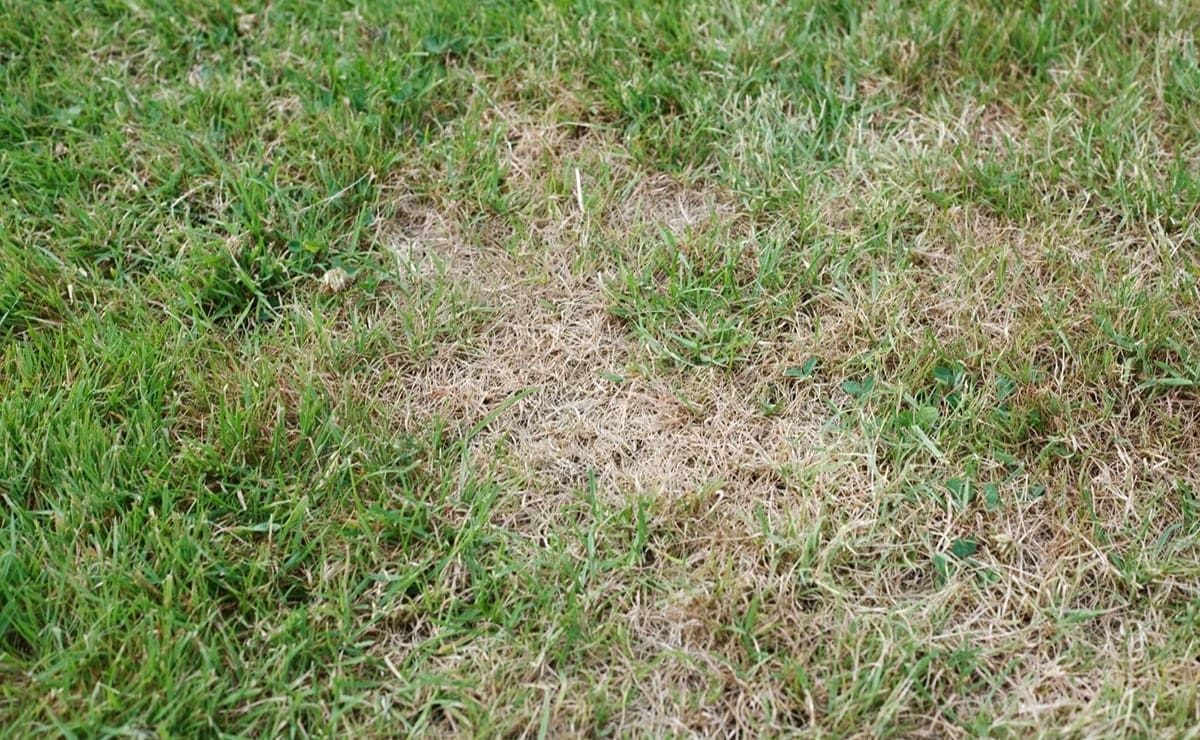
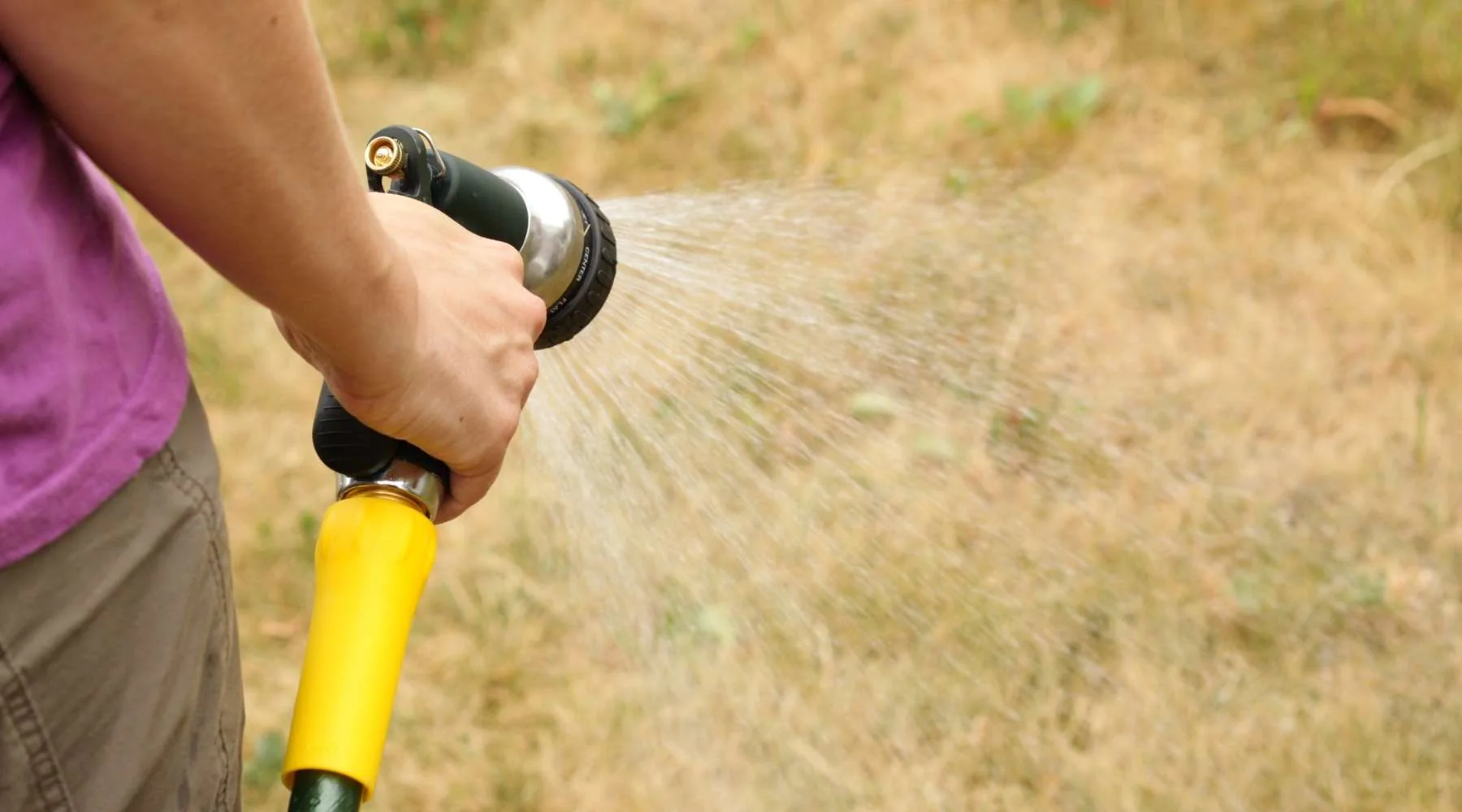
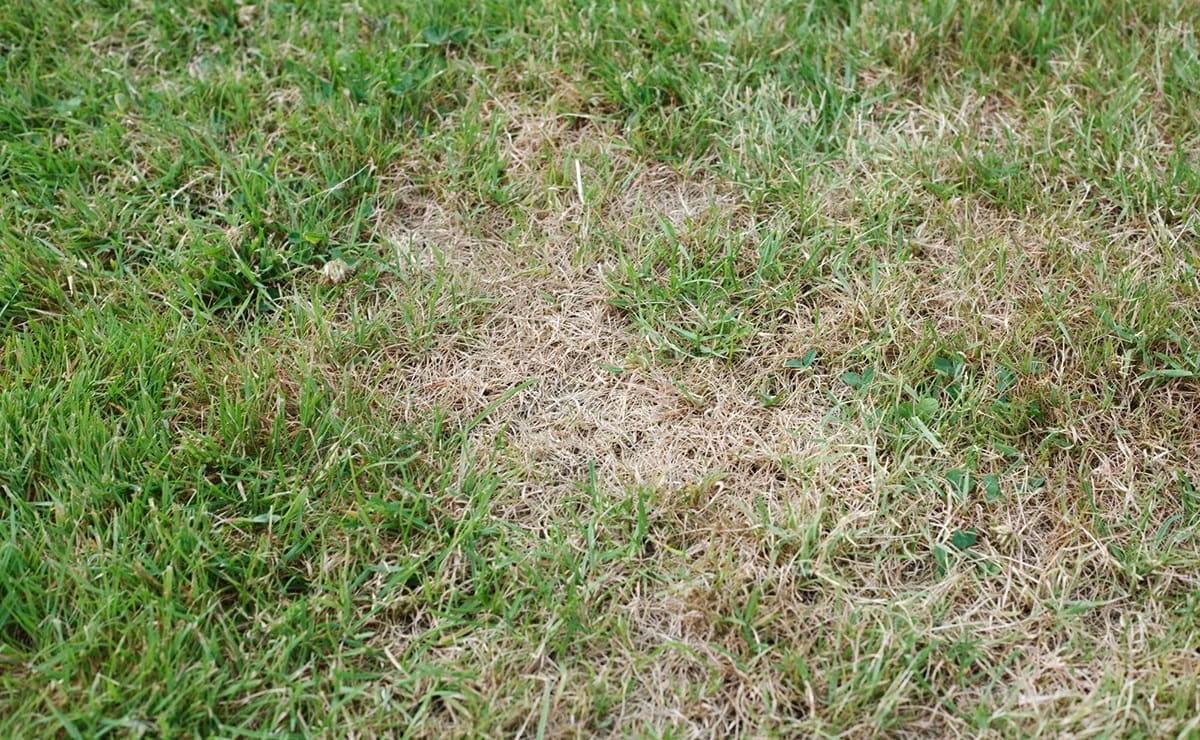
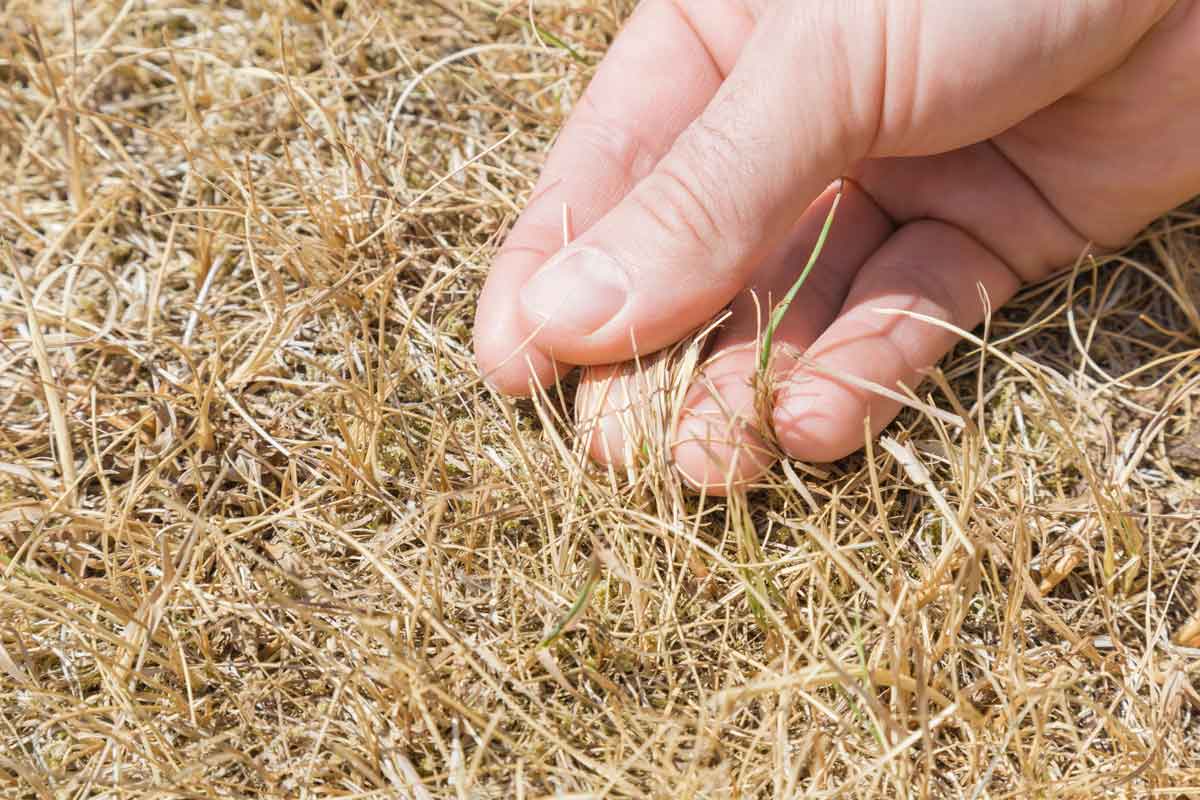
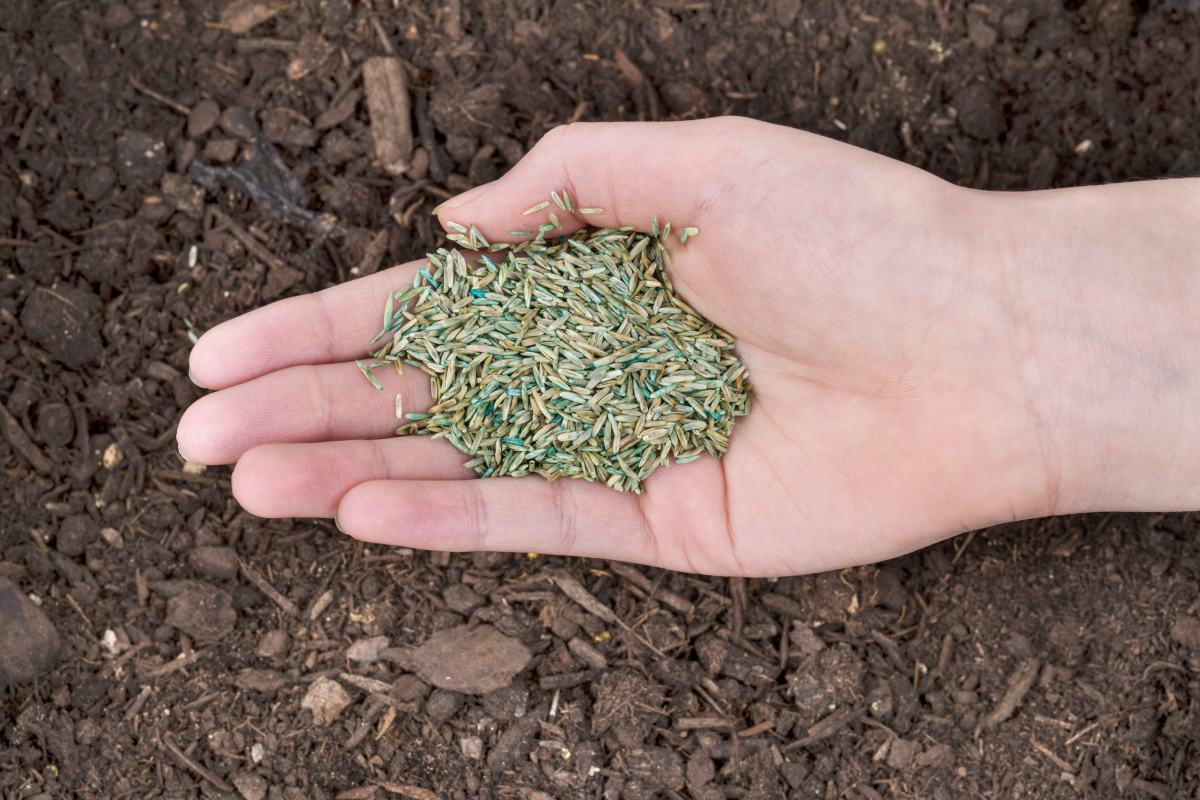
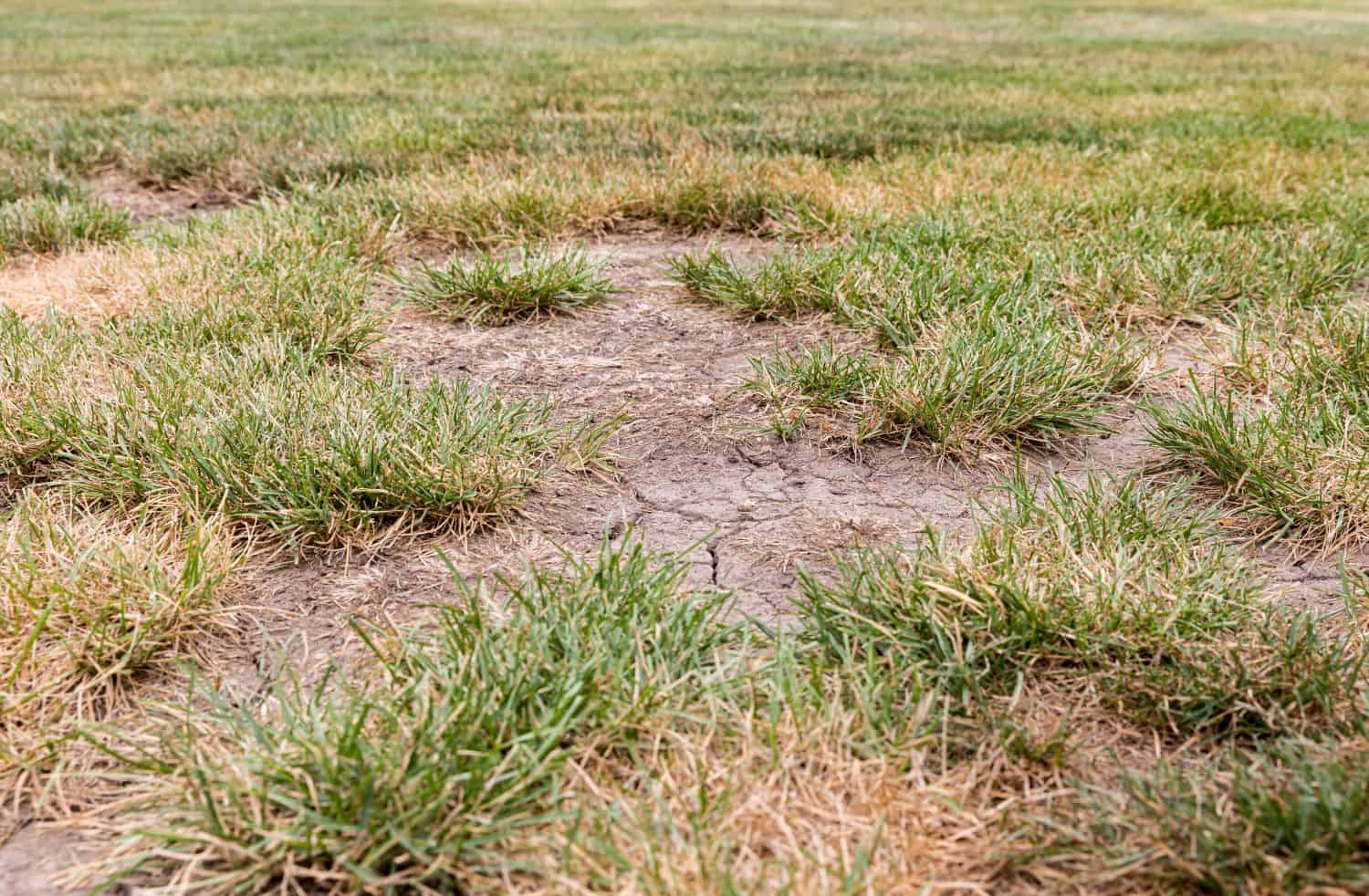
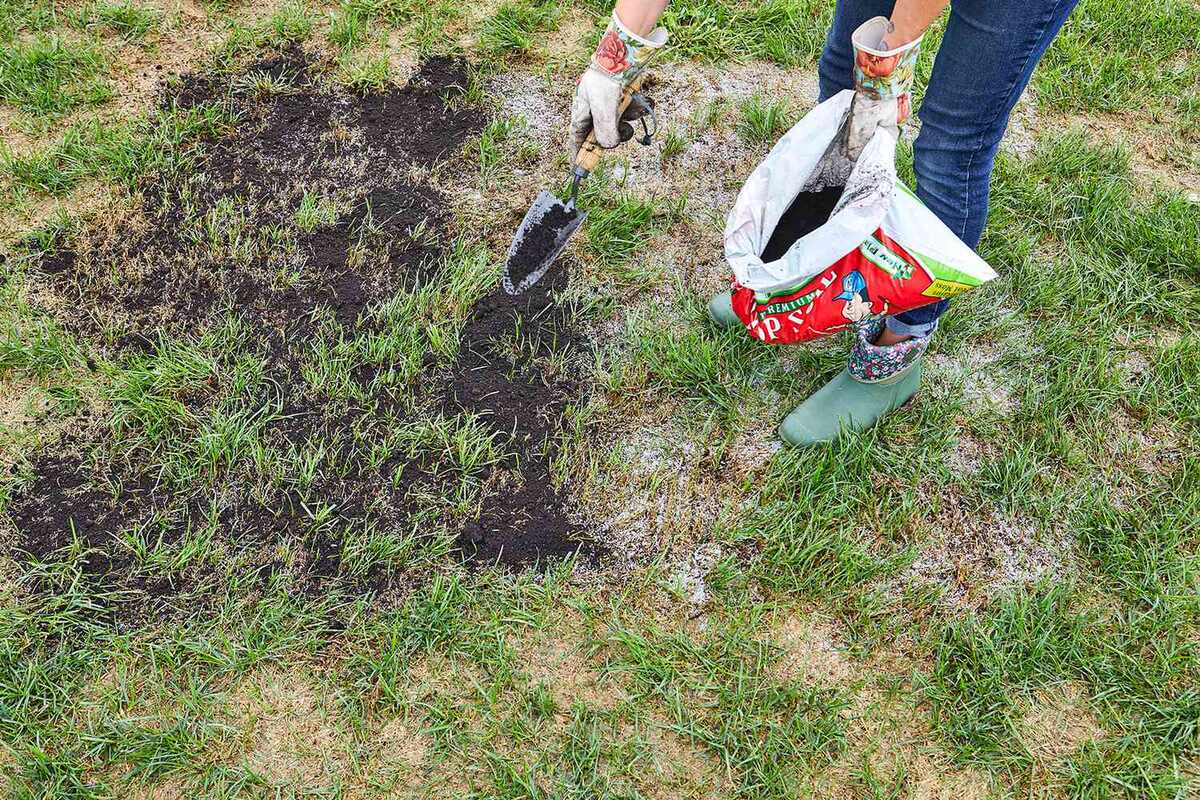
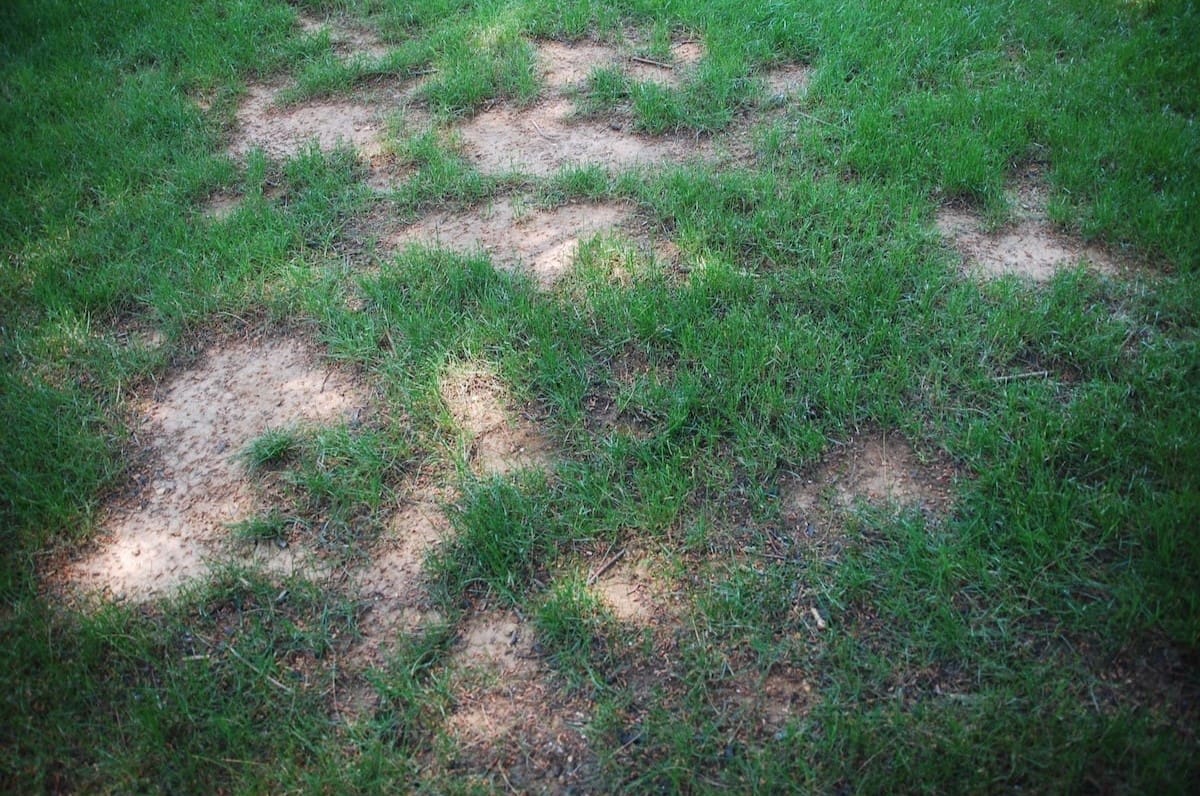
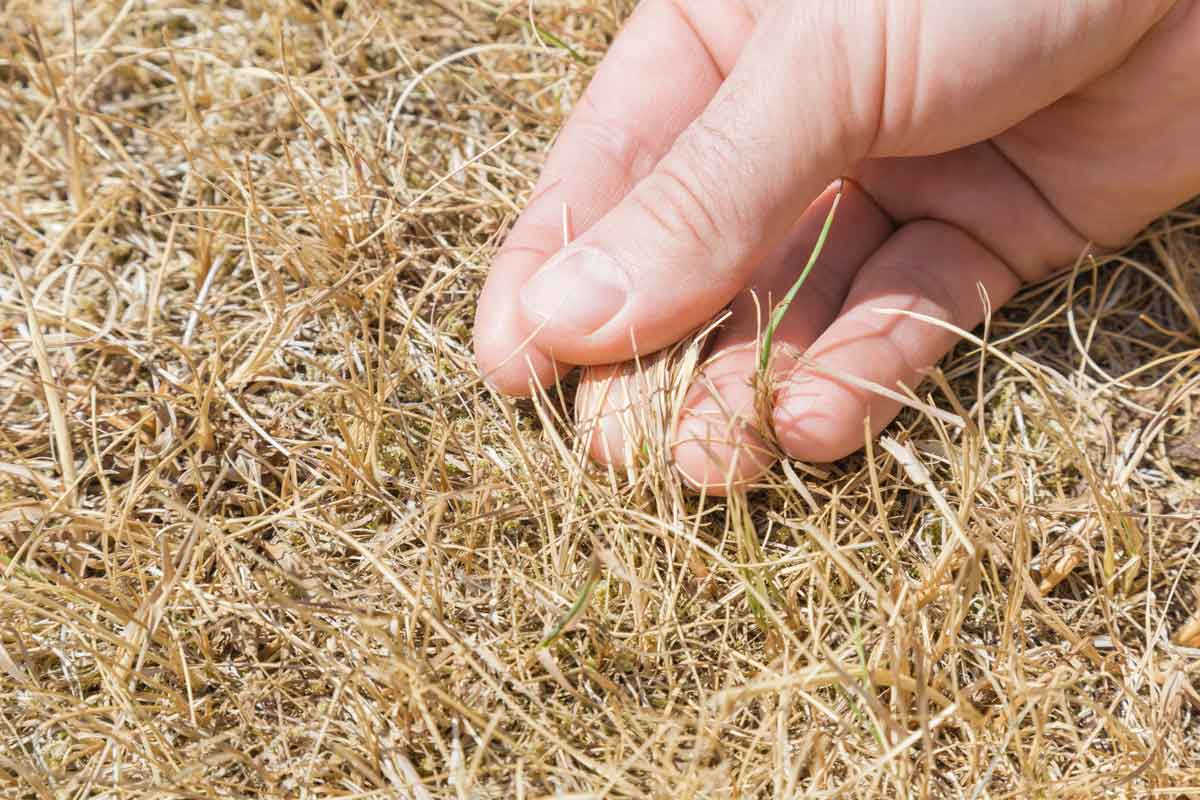
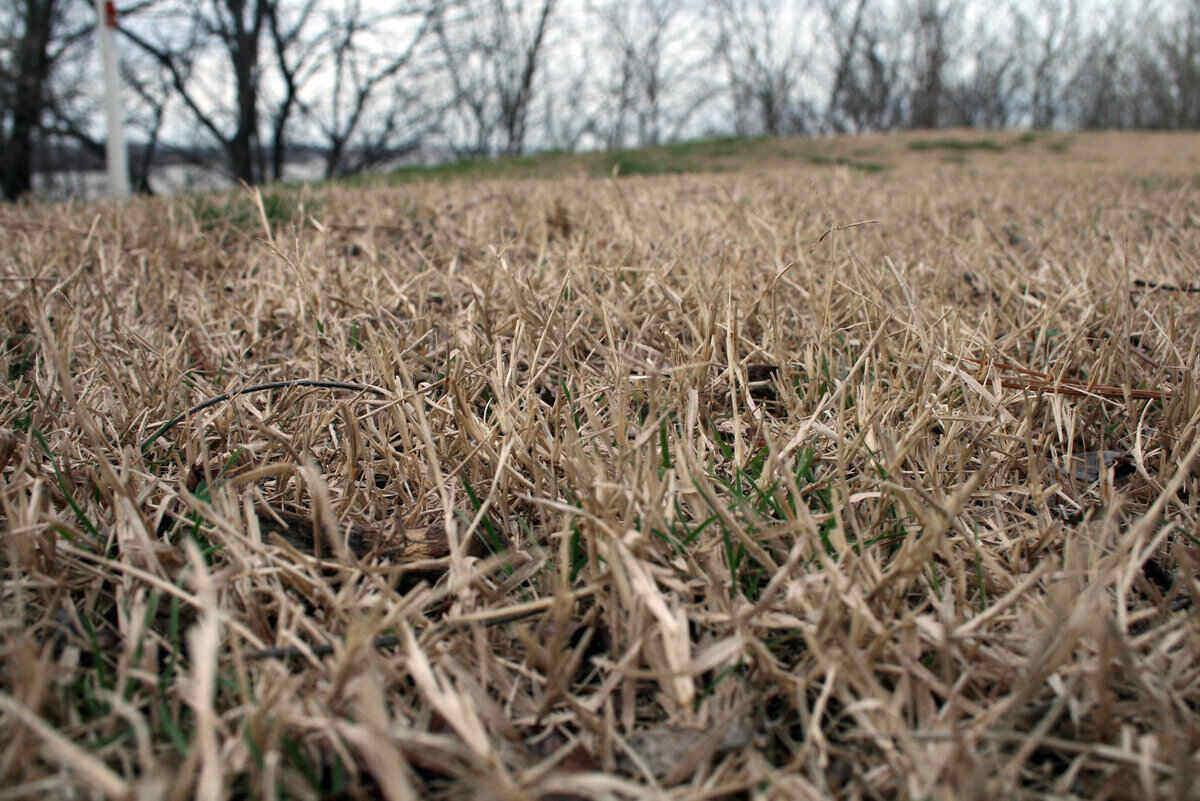
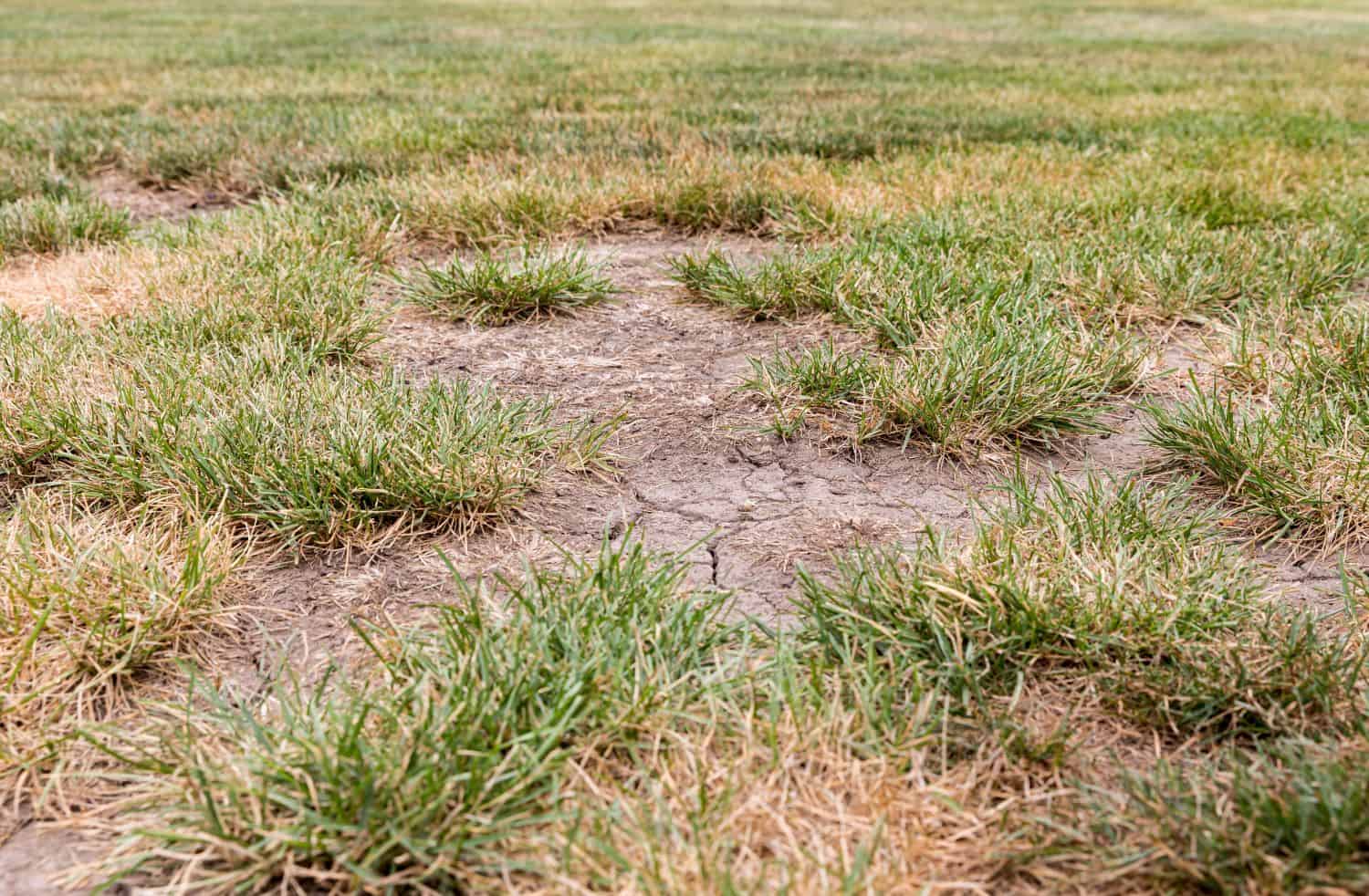
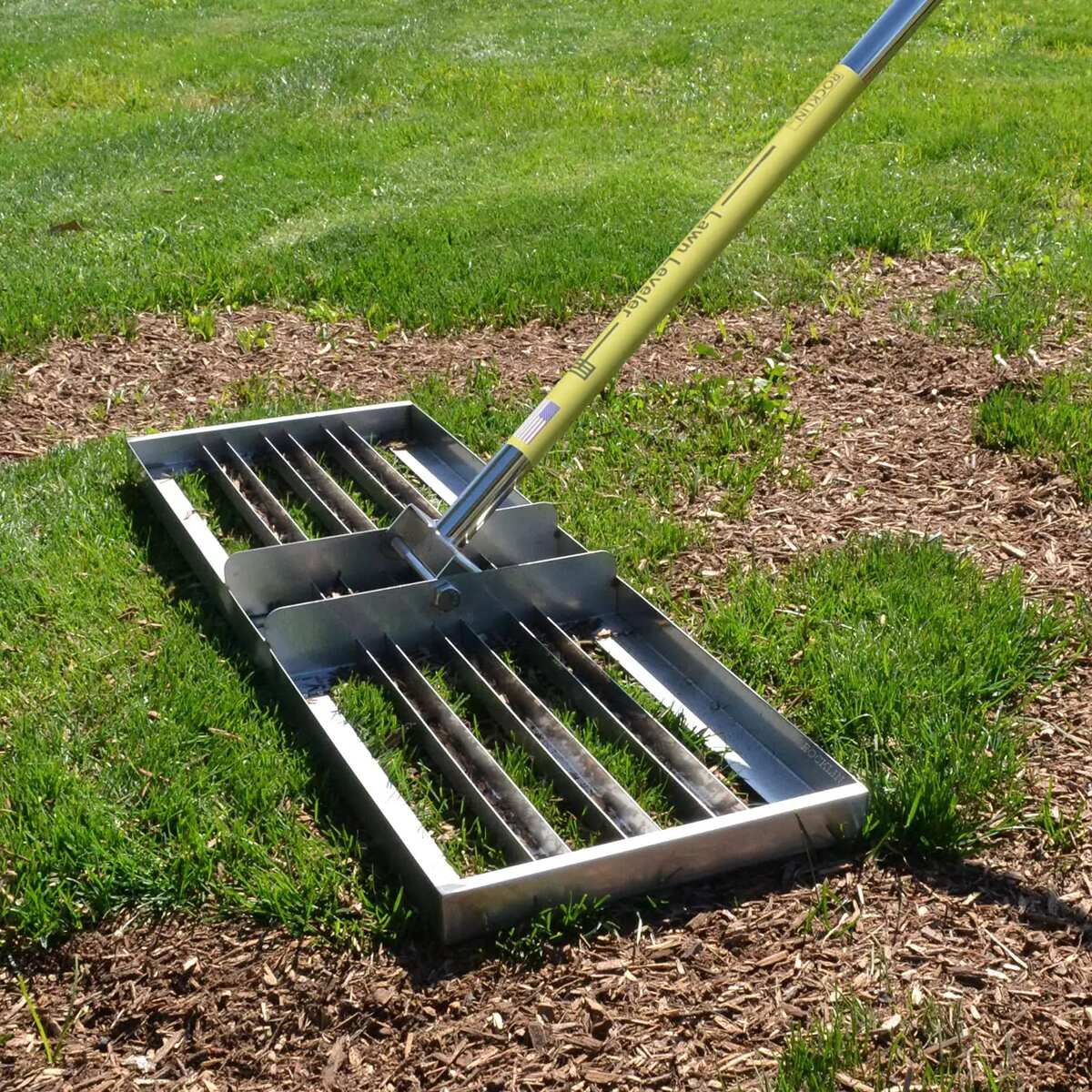
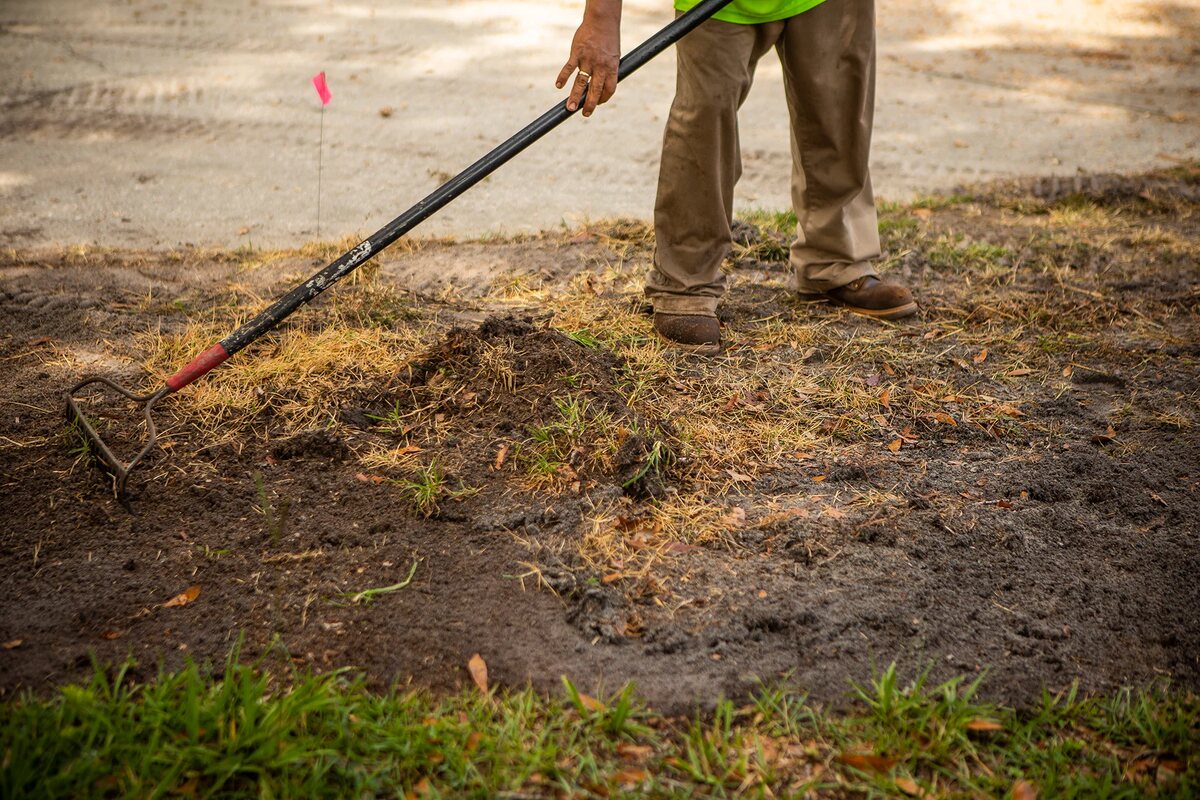
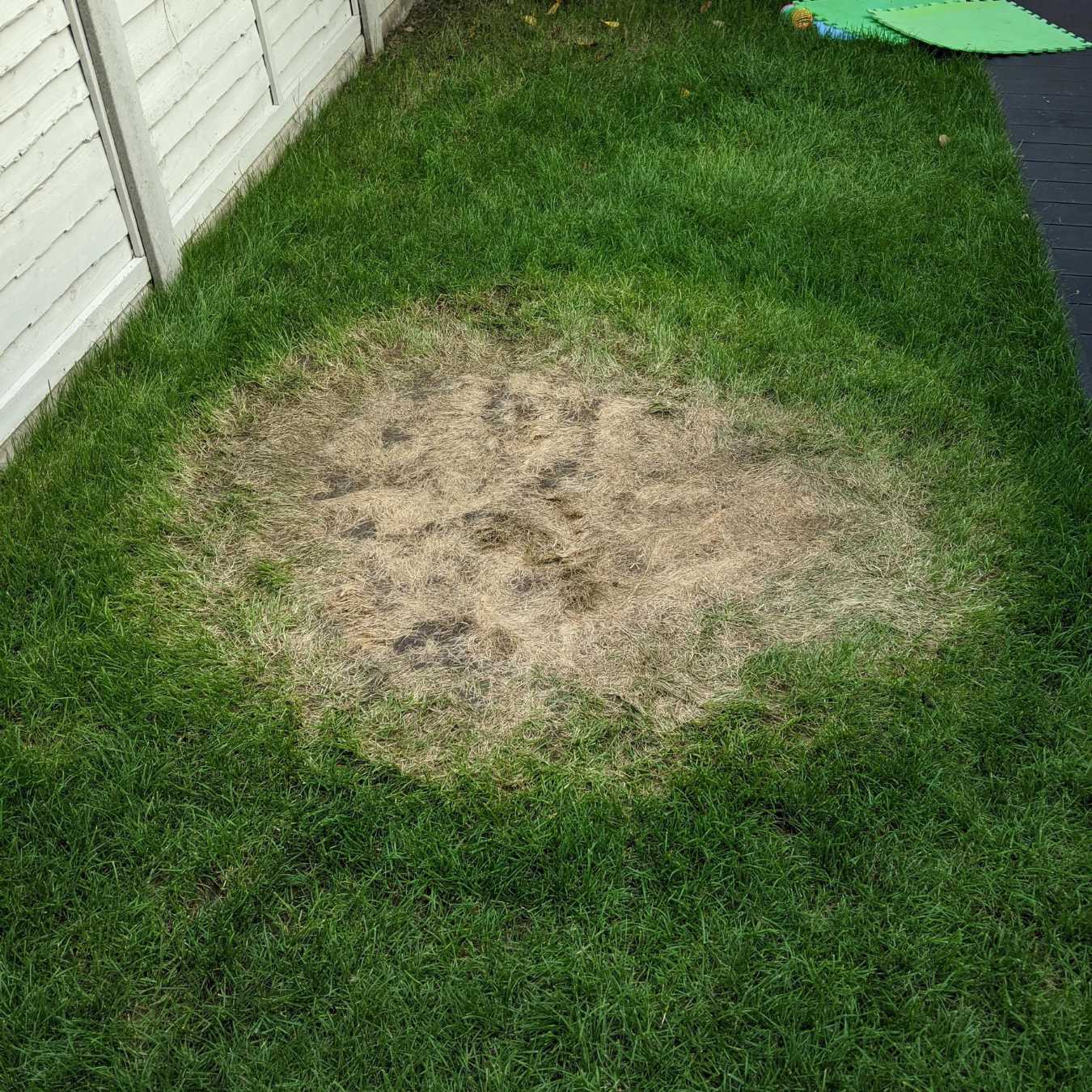

0 thoughts on “How To Remove Dead Grass”